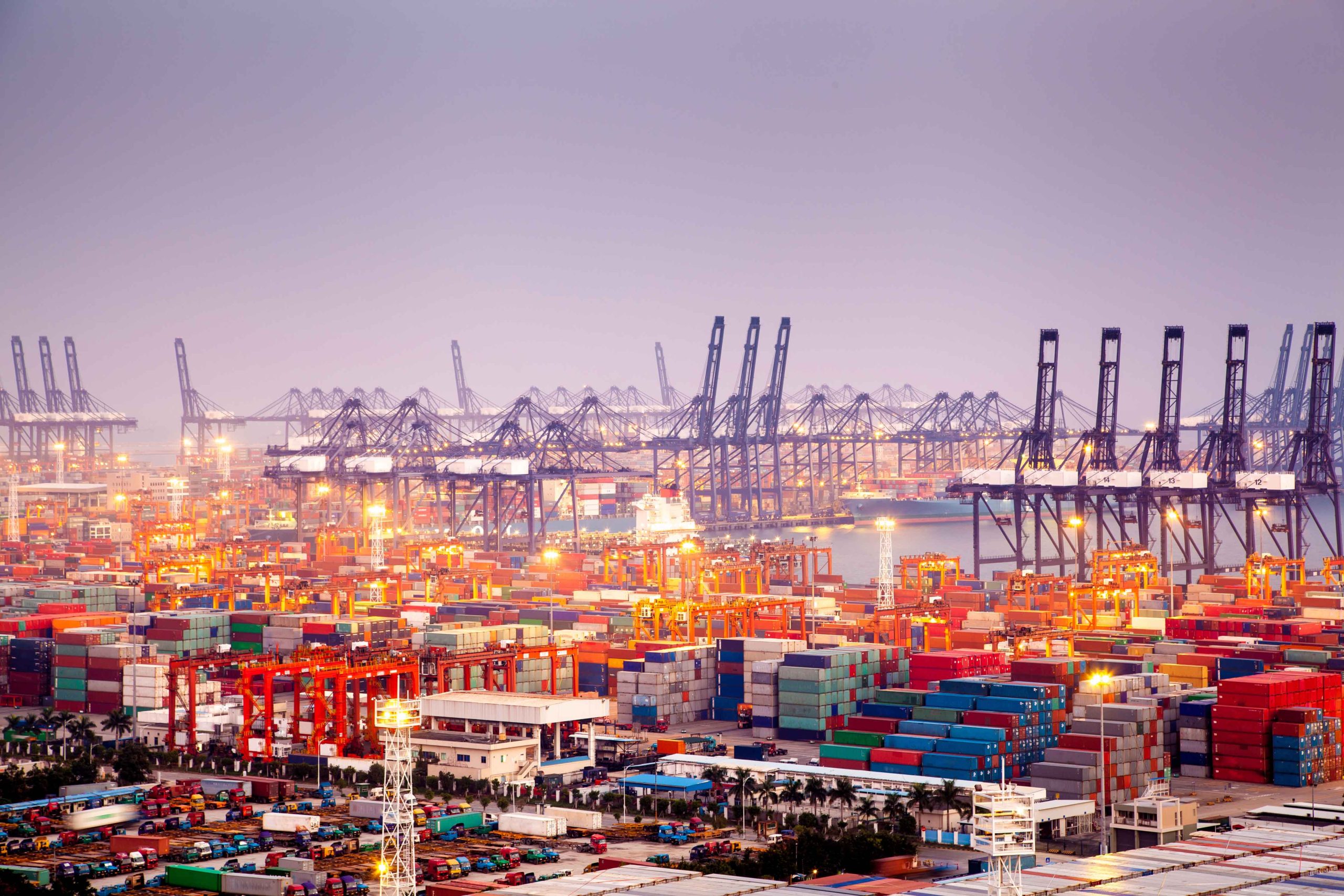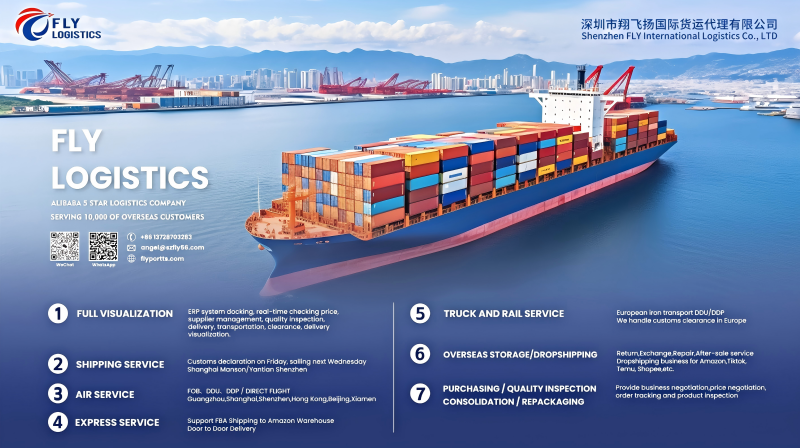The East Coast of the United States breathed a sigh of relief as the International Longshore and Warehouse Union (ILA) and the United States Maritime Union (USMX) reached agreement on all items of a new six-year master contract, averting a potential crisis at major U.S. ports. The agreement ends a weeks-long impasse that threatened to paralyze the country’s supply chain, a welcome respite for businesses, consumers, and the economy as a whole.
The Key Details of the ILA-USMX Deal
The deal between ILA and USMX is a six-year agreement that addresses various issues, including wages, benefits, job security, and technological advancements within the U.S. maritime sector. While the terms of the agreement are still being finalized, both sides have expressed satisfaction with the framework laid out. In their joint statement, the ILA and USMX emphasized that the agreement provides significant protections for existing ILA jobs while simultaneously paving the way for introducing new technologies to modernize U.S. ports.
The implementation of these technologies is expected to not only improve the efficiency and safety of port operations but also create additional employment opportunities. The focus on technological integration comes at a crucial time, as U.S. ports are striving to stay competitive in the face of increasing global demand for faster and more efficient shipping methods.
One of the primary goals of the deal is to ensure that the U.S. East Coast and Gulf Coast ports can handle the growing volume of international trade while maintaining a high level of safety and operational efficiency. The deal’s emphasis on technology adoption is particularly notable, as it indicates a recognition of the importance of digital transformation in the maritime industry. Automation, data-driven decision-making, and improved logistics are seen as critical factors in future-proofing U.S. ports and ensuring they remain attractive to global shipping companies.
Averting a National Crisis: The Impact of a Potential Strike
Had the ILA-USMX deal not been reached, the consequences could have been catastrophic for U.S. ports, workers, and the broader economy. A strike would have shut down key ports, particularly on the East Coast and Gulf Coast, affecting major trade routes and disrupting the import and export of goods. The ramifications would have rippled across the entire global supply chain, leading to delays, shortages, and a likely rise in shipping costs.
In 2022, labor strikes at the West Coast ports caused significant disruptions, highlighting the vulnerability of U.S. ports to labor disputes. According to a report by the National Retail Federation (NRF), the West Coast port labor dispute caused a backlog of more than 100 ships waiting to dock at ports like Long Beach and Los Angeles, resulting in a $19 billion loss in economic activity. The economic consequences could have been even more severe if a similar situation had occurred at East Coast and Gulf Coast ports.
The potential strike had been looming for months, with negotiations stalling over concerns regarding wage increases, benefits, and job protections. The threat of a work stoppage had placed immense pressure on the Biden administration, port operators, and businesses that rely on timely shipping to keep their supply chains running smoothly. The administration had been actively engaged in the negotiations, with Secretary of Labor Marty Walsh playing a prominent role in helping to facilitate discussions between the two parties.

The ILA-USMX agreement has a positive impact on freight rates by ensuring labor peace and preventing a disruptive strike at U.S. ports. By avoiding potential shutdowns, the agreement stabilizes operations and minimizes delays, which are key drivers of higher freight costs. The modernization of ports through new technologies and automation will improve efficiency, reduce congestion, and lower operational costs, potentially leading to lower freight rates over time. Additionally, the increased competitiveness of U.S. ports could attract more global shipping, further helping to stabilize or reduce shipping costs. In summary, the agreement promotes stability and efficiency, which helps keep freight rates more predictable and potentially lower.
Concerns about potential port disruptions, coupled with President-elect Trump’s proposals for higher tariffs, have driven a sharp increase in U.S. container imports, a trend that could continue through early 2025, the National Retail Federation noted.
The Bigger Picture: U.S. Ports and Global Trade
The deal between ILA and USMX has broader implications for the U.S. maritime industry as a whole. The United States is one of the largest trading nations in the world, and its ports are critical to the movement of goods across the globe. According to the American Association of Port Authorities (AAPA), U.S. seaports handle approximately $5.4 trillion in economic activity every year, representing about 26% of the U.S. economy.
For this reason, it is vital for the U.S. to maintain strong labor relations in the maritime sector. Labor peace at the ports helps ensure that global shipping companies continue to view U.S. ports as reliable, efficient, and competitive hubs for trade. This, in turn, supports jobs not only at the ports themselves but also in industries like manufacturing, retail, and transportation that depend on the movement of goods.
The ILA-USMX deal provides the stability needed to maintain U.S. ports’ competitive edge. At a time when global shipping routes are facing new challenges—such as the fallout from the Ukraine crisis, rising fuel costs, and the restructuring of shipping alliances—having a stable labor force at U.S. ports helps ensure that America’s trade infrastructure remains robust and resilient.
In summary, the ILA-USMX agreement is a critical development for the U.S. maritime sector, averting a potentially catastrophic strike and laying the foundation for the modernization of U.S. ports. As global trade continues to grow, U.S. ports must adopt new technologies, maintain labor peace, and ensure they remain competitive in the face of growing international demand.





